Around one billion people worldwide experience disabilities, making accessibility modifications not just helpful but essential. Discover how simple changes can unlock independence, improve quality of life, and create inclusive spaces that benefit everyone, proving accessibility is a powerful step towards true freedom.
Why Accessibility Modifications Matter: Empowering Independence and Quality of Life
Accessibility modifications are at the heart of building a better future for individuals with disabilities, seniors, and even families seeking a safer home environment. By putting accessibility modifications front and centre, households can dramatically improve day-to-day life, promoting both independence and a higher quality of life for everyone. These solutions extend beyond basic compliance—they are about dignity, comfort, and making spaces truly welcoming.
For many, the barriers to living freely in their own home are not immovable walls but simple steps, narrow doorways, or inaccessible bathrooms. By removing these hurdles with thoughtful home modifications—from practical grab bars and smooth ramps to advanced complex home modifications and the integration of smart assistive technology—each person can experience true autonomy. These modifications pay dividends by reducing injury risk, minimising daily frustrations, and promoting positive social participation for residents and guests alike.
Incorporating accessibility modifications early not only safeguards aging in place but delivers long-term value for families. When homeowners and NDIS participants consult with accessibility experts and master builders, the result is an accessible home that supports ageing, injury recovery, or disability—without compromise. As accessibility becomes increasingly central to modern living, now is the time to prioritise making your space as inclusive and empowering as possible.
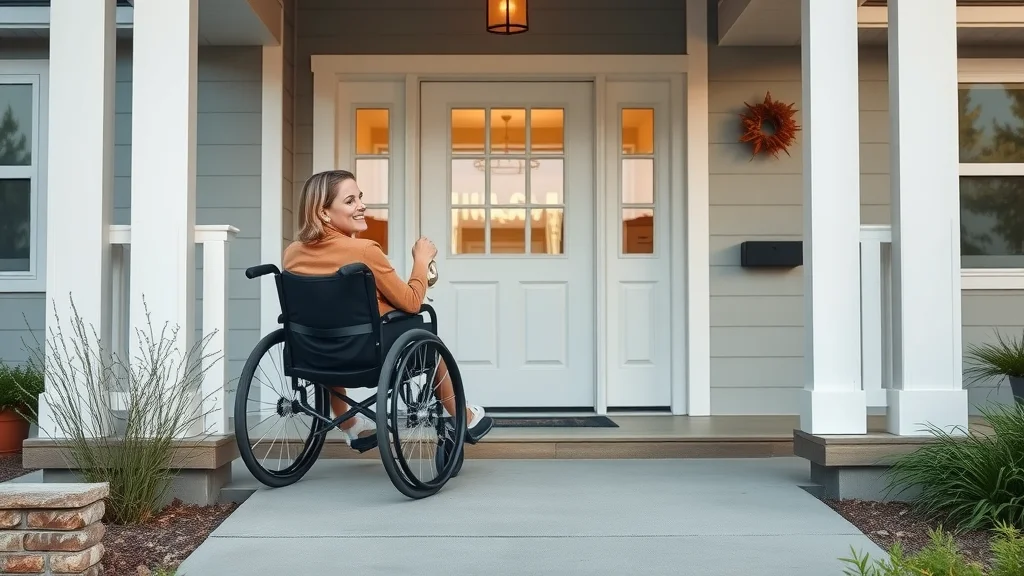
Comprehensive Aged Care Solutions for Quality Senior Living
When it comes to aged care, comprehensive accessibility modifications can transform the possibilities for senior citizens wanting to remain in their homes. Small tweaks such as the installation of grab rails in bathrooms or more substantial changes like complex home modifications—such as accessible kitchens and widened corridors—can give seniors confidence and control. Such an approach moves beyond mere compliance, focusing on the comfort, safety, and dignity that every individual deserves through every stage of life.
Incorporating these solutions with attention to detail, and consulting with occupational therapists or registered NDIS providers, allows family members to feel secure and supported. Modern practices now consider the individual’s unique needs during each works project, ensuring each modification maximises quality of life. Whether for gradual mobility changes or immediate accessibility needs, the synergy between skilled builders, healthcare professionals, and families means seniors can age in place safely, actively, and comfortably.
"Accessibility modifications are not just about compliance—they are about empowering people of all ages to live with dignity and comfort in their own homes." – Linc Bird
Master ADA Compliance: Essential Steps for Accessibility Success
Meeting the standards for accessibility modifications goes hand in hand with ADA compliance (or equivalent Australian standards). From the correct placement of grab bars to threshold-free entries and accessible controls, a master builder ensures that your home modification is both safe and fully compliant.
Expert guidance is essential: a qualified occupational therapist can assess the specific needs of NDIS participants, aged care residents, or anyone requiring safer spaces. Adhering to compliance isn’t just the law—it’s a pathway to unlocking every home's true potential, making it welcoming and user-friendly without sacrificing style or function.
Master Attention to Detail: Boost Accuracy and Quality
Precision in home modifications is non-negotiable. Every detail matters, from the height and location of grab rails, through the width of doors for easy wheelchair access, to the seamless finish of each building work. Overlooking even minor home details can undermine the functionality and safety of a project.
Hiring experienced accessibility experts and a master builder ensures attention to detail from start to finish. High standards and regular quality checks throughout each works project guarantee modifications that truly last, safeguard user wellbeing, and support a better quality of life.
Expert Occupational Therapist Services to Enhance Your Well-Being
Involving an occupational therapist at the planning stage is a cornerstone of success. Their professional assessment identifies the most effective minor home modification or complex home modification tailored to each individual's mobility, cognitive, and daily living requirements.
When occupational therapists collaborate with builders and NDIS providers, the results go beyond just ramps or handrails—they create genuinely supportive accessible home environments, boosting safety, independence, and the client's overall well-being.
Comprehensive Disability Insurance Scheme: Secure Your Future Today
Accessing support through the disability insurance scheme—such as the NDIS in Australia—transforms possibilities for people needing accessibility modifications. Such schemes remove financial and bureaucratic barriers, allowing eligible participants to make vital adaptations both quickly and confidently.
From initial assessment to the completed building work, leveraging insurance-backed support ensures every step is affordable, transparent, and focused on securing long-term safety and comfort for clients and families.
What You'll Learn About Accessibility Modifications in the Home
The definition of accessibility modifications
The primary types and examples of home modifications
How modifications improve quality of life and independence
Guidance from accessibility experts and master builders
Practical tips and resources for NDIS participants and homeowners
Table: Common Accessibility Modifications and Their Cost-Effectiveness
Modification Type |
Description |
Estimated Cost NSW AU |
Impact on Quality of Life |
|---|---|---|---|
Grab Bars |
Safety support in bathrooms |
$100–$300 |
High |
Ramps |
Step-free entry |
$700–$2,500 |
High |
Handrails |
Stairway support |
$150–$700 |
Moderate |
Accessible Doorways |
Widened for wheelchair access |
$300–$1,200 |
High |
Bathroom Adjustments |
Roll-in showers, lowered sinks |
$2,000–$10,000 |
Very High |
Quick Overview: What Are Accessibility Modifications?
Accessibility modifications are purposeful changes made to the built environment, particularly homes, to eliminate barriers and increase ease of use for people with physical, sensory, or cognitive challenges. Whether simple or complex, these home modifications can include grab bars, wheelchair ramps, widened door frames, roll-in showers, lever-style handles, and even smart technology installations.
The primary goal is to boost quality of life and empower individuals to live, move, and thrive in spaces of their own—safely and independently. By following guidance from accessibility experts, occupational therapists, and informed NDIS providers, families can develop a clear works project plan to transform any home into an accessible home that truly welcomes everyone.
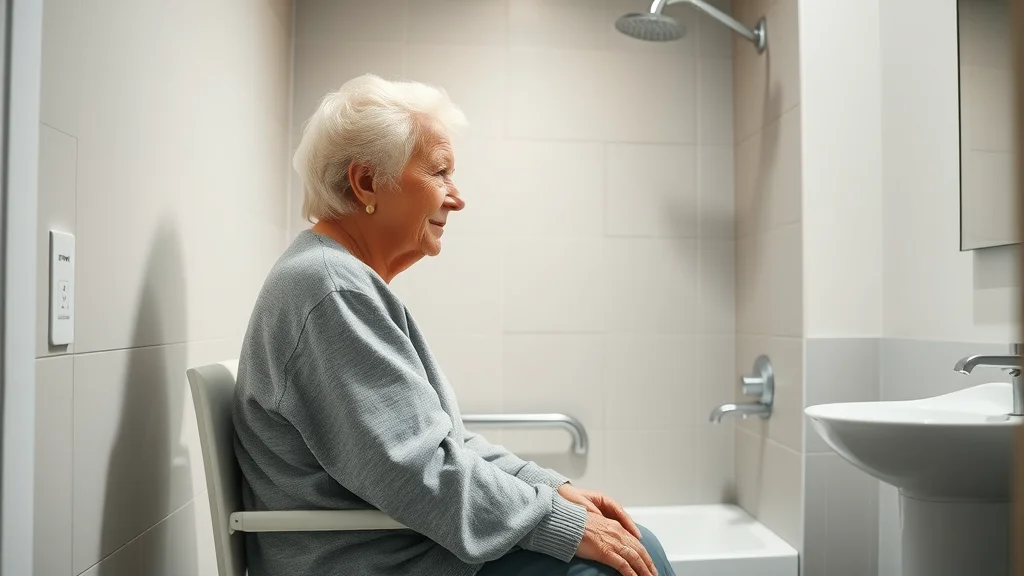
Understanding Accessibility Modifications and Their Importance
At the heart of home modifications lies a simple truth: everyone deserves an environment that adapts to them, not the other way around. Accessibility modifications address everyday challenges—like steps, slippery floors, or poorly placed fixtures—that can hinder people with disabilities or those aging in place.
By investing in tailored solutions, guided by occupational therapists and master builders, homeowners can proactively prevent accidents, reduce caregiver burden, and support broad participation in everyday activities. With the right modification service, both minor and complex home improvements are possible and impactful.
Essential Minor Home Modification to Enhance Comfort and Safety
Minor home modifications often deliver impressive results for minimal investment. Some of the most effective changes include:
Strategically positioned grab bars and handrails
Portable threshold ramps and non-slip flooring
Lever-style taps and door handles
qualified occupational therapist
Proactive minor home modifications also reduce the need for costly future interventions, providing a long-term return for families and NDIS participants.
Essential Guide to Choosing the Best Grab Rail for Safety and Support
Grab rails are a cornerstone of home modifications, but not all rails are created equal. The best grab bars are thoughtfully placed—near toilets, showers, or any area prone to slips—and designed for both strength and effortless grip.
Prioritise rails that meet quality assurance standards, and always have them installed by experienced professionals or master builders. A qualified occupational therapist provides crucial insights, matching the right rail style to the user’s mobility and bathroom configuration, thereby significantly reducing fall risk and enhancing quality of life.
Expert Complex Home Modification Solutions for Enhanced Accessibility
Some needs call for more than basic tweaks. Complex home modifications include large-scale projects like accessible kitchens with adjustable-height countertops, widened hallway and doorway spaces, or purpose-built roll-in showers. These works require expert project management, advanced building work, and compliance with all local accessibility codes.
Partnering with accessibility experts, master builders, and your NDIS provider guarantees every detail—floorplans, finishes, and technology—aligns perfectly with your goals. Done right, complex home modifications are transformative, enabling long-term independence, reducing external care costs, and cultivating a true accessible home.
The 4 Key Types of Accessibility Modifications for Your Home
Minor Home Modifications: Grab Bars, Railings, Threshold Ramps
Major Home Modifications: Accessible Bathrooms, Stair Lifts, Roll-in Showers
Complex Home Modifications: Structural Changes, Accessible Kitchens, Building Works Projects
Technological Modifications: Smart Controls, Voice-Activated Features
This framework covers everything from simple add-ons, like grab rails, to large-scale complex home modifications and cutting-edge assistive technologies—each stage designed to suit your evolving needs.
Top 10 Essential Accessibility Modifications for an Accessible Home
Grab Bars and Handrails
Wheelchair Ramps
Zero-Threshold Entries
Widened Doorways and Hallways
Accessible Bathroom Adjustments
Lever-Style Door Handles
Non-Slip Flooring
Lowered Countertops and Cabinets
Stair Lifts
Automated Door Openers
Each of these essential upgrades forms the building blocks for an accessible home environment. Whether you’re planning a simple grab bar installation or a comprehensive building works project, investing in these modifications makes daily routines smoother and significantly boosts safety and peace of mind for everyone.
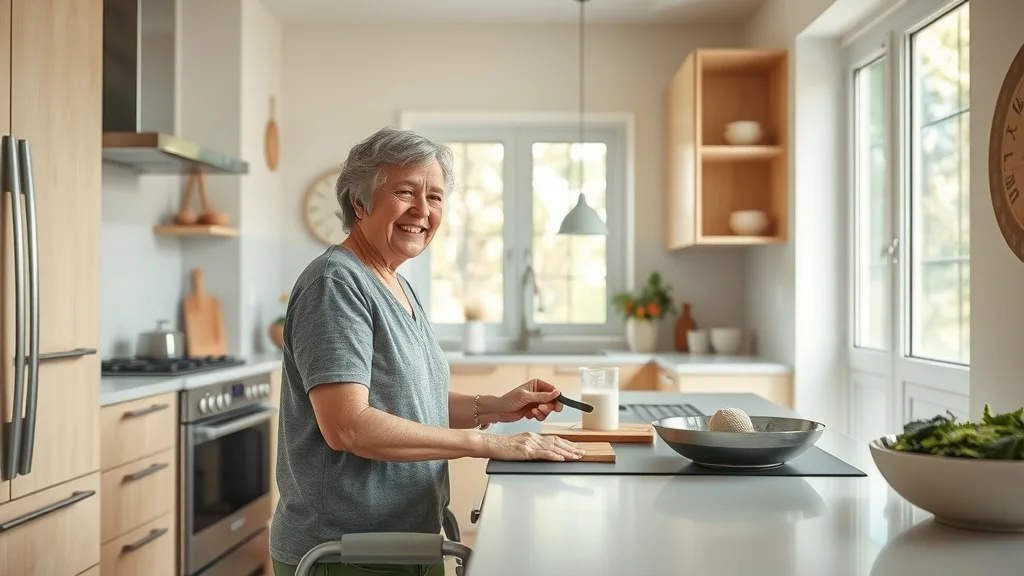
How Accessibility Modifications Boost Quality of Life
Well-designed accessibility modifications have a ripple effect on every occupant’s life. These changes promote freedom of movement, make self-care easier, and open doors—literally and figuratively—towards social interaction and community participation. Families report better mental well-being, reduced caregiving burden, and higher confidence to age in place.
By combining expert advice, the right building work, and ongoing consultation with occupational therapists, these modifications transform the concept of an accessible home into reality for all. The long-term outcomes: fewer injuries, greater independence, and a measurable improvement in quality of life.
Expert Insights: Home Modification for Aging in Place
“Making proactive accessibility modifications can help prevent injuries, support independence, and significantly enhance peace of mind for the whole family.” – Master Builder for Accessible Homes
Proactive home modifications are essential for those aiming to age in place. Partnering with a master builder and occupational therapist ensures the right works project is in place—from minor home tweaks like grab bars to more complex home transformations. The cornerstone of aging in place is a flexible, future-proof environment that evolves alongside residents’ changing needs.
Guidance for NDIS Participants: Accessing Modification Services

NDIS participants can access a clear pathway to effective home modifications by connecting with a registered modification service or accredited NDIS provider. Engaging the right service ensures you meet all eligibility requirements, secure funding, and receive advice tailored to your goals—whether minor home or complex home modifications are needed.
Support from an experienced NDIS provider means your works project is managed from start to finish, with a qualified occupational therapist guiding every step. This approach reduces stress, streamlines the building works project, and helps families make informed choices suited to their unique needs and aspirations.
How to Identify the Right NDIS Provider and Modification Service
Look for a modification service with a proven track record, positive testimonials, and clear attention to detail in previous home modifications. Highly recommended providers have ongoing relationships with occupational therapists, accessibility experts, and master builders—ensuring each works project is seamless from quote to complete.
Ask for transparent processes, regular updates, and quality guarantees. The best NDIS provider will personalise each project, listen to your feedback, and help you access all available funding and support through the disability insurance scheme.
The Home Modification Process: From Assessment to Building Works
Initial Assessment by Accessibility Experts: Occupational therapists and home assessors evaluate needs and priorities.
Custom Works Project Planning: A detailed scope of changes, developed with a master builder, covers both design and required building work.
Licenced Builder Selection: Choosing a specialist with proven experience in accessible home design.
Final Building Works and Quality Verification: Completion of all modifications, followed by inspection and sign-off by qualified professionals.
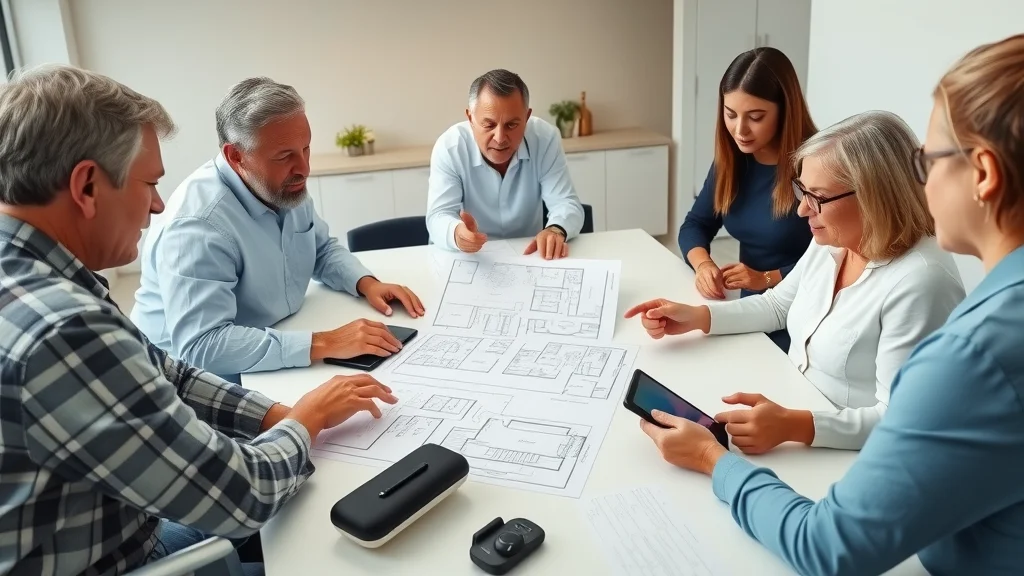
This structured approach guarantees every step is covered, from initial discussion to the completed accessible home. Relying on qualified professionals, regular communication, and rigorous standards leads to outstanding results and maximum benefit for all residents.
People Also Ask
What are accessibility modifications?
Accessibility modifications are changes or adaptations to homes and environments designed to make spaces safer, more usable, and more comfortable for people with disabilities or mobility challenges. Examples include installing ramps, grab bars, widened doorways, non-slip flooring, and smart home controls. These home modifications aim to boost independence and quality of life for all residents.
What are the 4 types of accessibility?
The four primary types of accessibility are: physical (ramps, lifts), technological (smart controls, adaptive aids), communication (visual or auditory support), and policy-based (procedures to support inclusion). For the home, these translate into minor modifications, major modifications, complex home modifications, and technological enhancements—all working together for full accessibility.
What are examples of home modifications?
Common home modifications include installing grab bars, threshold ramps, stair lifts, roll-in showers, widened doorways, accessible kitchen counters, and automated lighting or door openers. These changes can be simple or part of a complex home modification plan designed by accessibility experts or occupational therapists.
What are accessibility adjustments?
Accessibility adjustments are the used for altering environments, procedures, or technology to accommodate an individual’s unique needs. Adjustments might include lowering counters, repositioning door handles, or adopting assistive technology, all with the goal of removing barriers and fostering independent, safe living.
Imagine a split-screen journey, transitioning from a traditional, non-accessible home interior to a fully modernised, accessible home featuring smooth ramps, widened doors, grab bars, and roll-in showers. Witness first-hand how accessibility modifications can create transformational change for all age groups—making everyday living not just possible, but easy and enjoyable.
Choosing the Right Accessibility Modifications: Expert Tips
Engage with Accessibility Experts: Professional guidance ensures you select the right modifications.
Work with a Master Builder: Choose experienced builders for top-quality, compliant work—essential for a safe, accessible home.
Seek NDIS Provider Guidance: Eligibility, funding, and best practice advice from registered providers.
Personalise Modifications to Individual Needs: Every works project should reflect the user’s unique abilities, routines, and preferences.
By taking these actions, you can confidently plan both minor and complex home modifications, speeding progress towards an independent and fulfilling life at home.
FAQs on Accessibility Modifications for Home
How do I start a home modification project?
Begin with an assessment from an occupational therapist or accessibility expert. Outline your needs, research qualified NDIS providers and master builders, and request a quote-to-complete works proposal. Always check for grants or funding support.What are the best accessibility modifications for aging in place?
Essential upgrades include grab bars, non-slip flooring, zero-threshold showers, lever handles, and accessible kitchens. Customise choices with the advice of a registered provider or occupational therapist for the safest results.Are there grants or funding for home modifications?
In Australia, NDIS participants and many seniors may be eligible for funding through the disability insurance scheme, aged care supports, or government grants. Check eligibility with each provider.What should I look for in a modification service or NDIS provider?
Look for a proven track record, transparent communication, collaboration with occupational therapists, and a commitment to quality and compliance. Highly recommended providers also support you from start to finish.
Key Takeaways: Why Accessibility Modifications Unlock True Freedom
Accessibility modifications improve safety and independence
There are minor and complex home modifications to suit every need
Quality of life increases with proactive home modifications
-
Expert guidance is crucial for optimal results
 Add Row
Add Row  Add
Add 


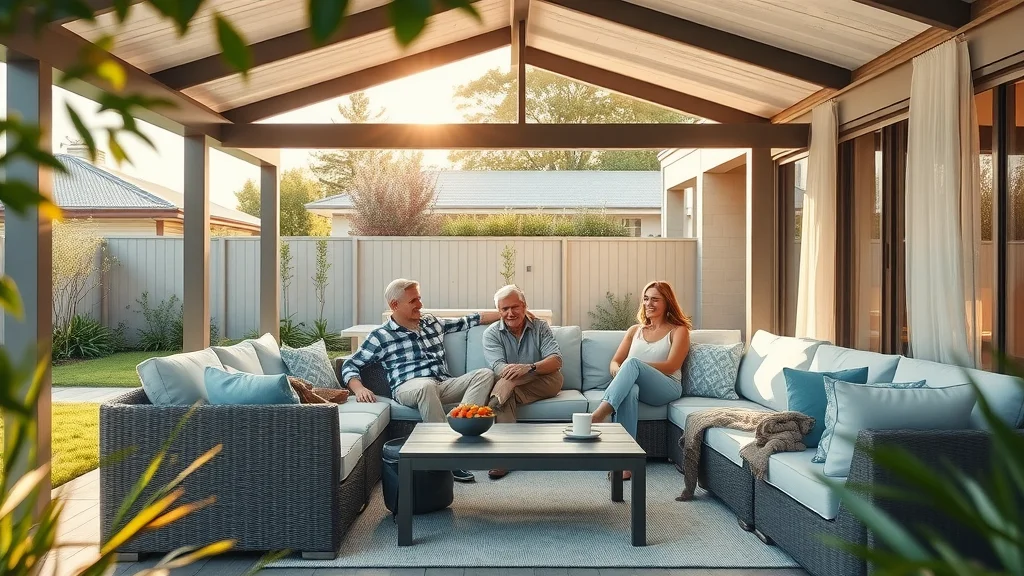
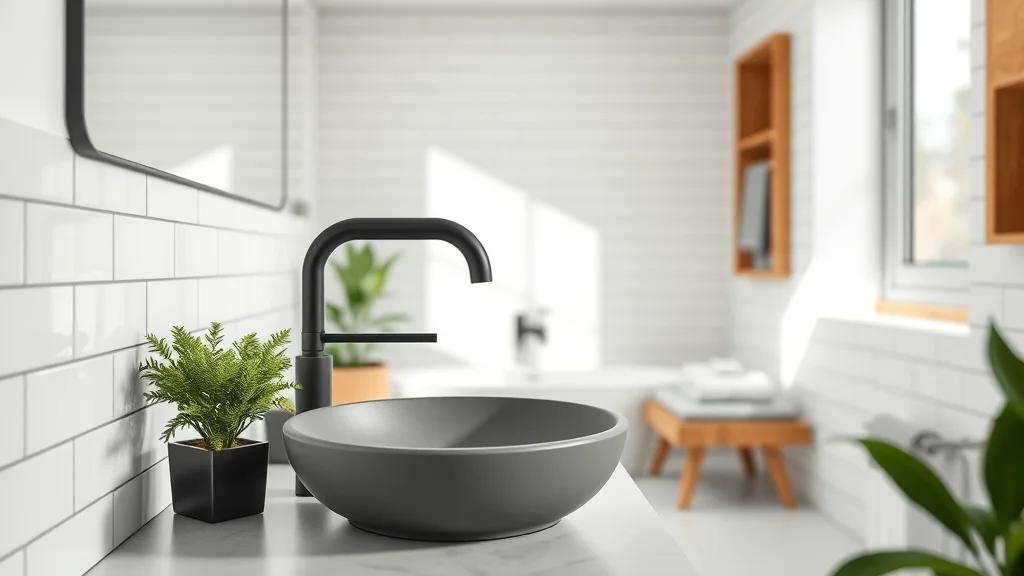
Write A Comment